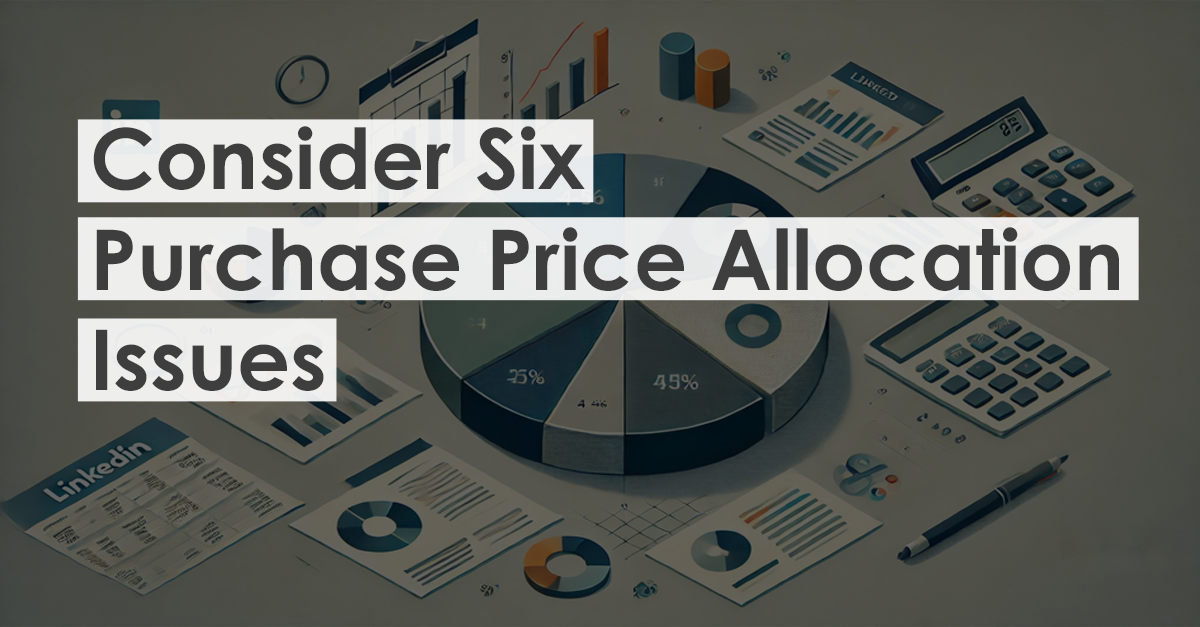A recent headline from “All Things D” declared: “Pinterest Completes $200 Million Funding at $2.5 Billion valuation.” $2.5 Billion is an impressive number we’d like to dwell on for a while. According to TechCrunch, this new round of funding brings the total amount invested in Pinterest to $338 million. Without a doubt, the return is great. The question is whether the $2.5 billion number is even remotely an accurate reflection of the value of Pinterest’s business?
Headline grabbing valuations are a result of multiplying the price per share paid in the most recent round by the number of outstanding shares of equity. However, not all shares of stock are made equal. Preferred stocks are loaded with rights that put them ahead of common stock. Such features as liquidation preferences, participation rights, anti-dilution, or voting rights make preferred shares more valuable. As an example, if Series D was priced at $10/share, a share of common stock may still be worth no more than a few dollars.
The true value of Pinterest is impossible to estimate without detailed knowledge of its capital structure and financial information. Even the most mechanical (and thoroughly unintuitive) option pricing method would require knowing the rights and preferences of each equity class, the number of shares, warrants and stock options.
The good news is that as a company approaches an IPO, values of different classes of shares converge and a $2.5 billion back-of-the-envelope calculation becomes more relevant. However, an established business with limited short term IPO aspirations would require much more careful valuation.


